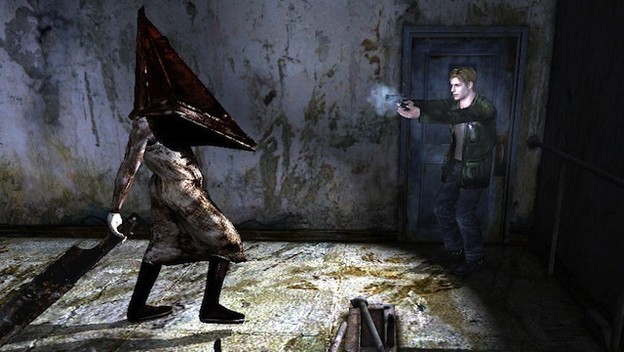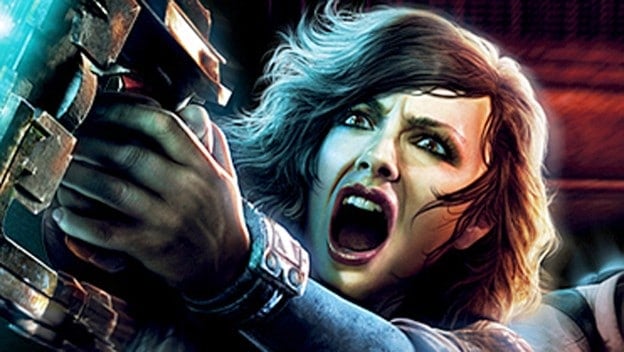Last week The AV Club posted a comic about horror games that you could say is funny because it’s true. The post primarily uses Silent Hill 2 as an example of a revered classic – and one of my favorites – that was able to get away with design choices that we’d consider bad by today’s standards.
I should point out that the comic is mostly comedy, although I agree with a lot of its points. The characters eventually talk about other scary mechanics such as microtransactions and hand-holding tutorials. But they still seem to hold the opinion that AAA studios can’t get horror right like classic Silent Hill or Resident Evil . So while I acknowledge the comedy, I do wonder what AAA gaming can do about this, because I don’t think gamers today – save for a niche crowd – will accept the unwieldy tank controls of the PS1 era.
Not that they didn’t serve a purpose. Both Silent Hill and Resident Evil had combat that was unwieldy, but it worked because it helps simulate the clumsiness of a fight or flight situation. Even though S.T.A.R.S. is trained in combat, they live in a world where running and shooting isn’t feasible, and zombies almost seem impervious to bullets until the final one connects. James is a clerk, so it makes sense for him to swing a piece of wood like a drunk who has lost his fine motor skills. But just because these ostensibly bad mechanics make sense artistically doesn’t mean they’re functionally capable for most modern gamers, and publishers seem to be more interested in catering to as many gamers as possible. Those expectations are disastrous for horror games.
So what are AAA publishers to do? Make their shiny new games with millions of dollars invested into them play like PS1 games that already required equal parts open-mindedness and masochism? Nah, I don’t think so.
I believe what truly made the classics great is not bad controls, but rather limitations. On one hand, consoles and PC have progressed so much that the fog in Silent Hill will never again be a technical necessity to compensate for poor draw distance – it’s basically part of the art style now. Some of my favorite AAA games from the past like Resident Evil 4 or Dead Space have decent controls, but are still designed to make each encounter feel like a struggle. Then again, if you’re designing a game like DOOM , which I consider to be a horror game as much as it is an action game, then congratulations! No need to worry about the kind of limitations for building suffocating atmosphere for psychological horror.

But I do think there’s value in imposing limitations on yourself. You can see it in the indie scene. None of the developers there have modern Resident Evil’s budget, but they can still utilize shadow and audio effects to create a suffocating atmosphere. The indie scene has also embraced first-person perspective while opting out of combat, like Amnesia: The Dark Descent or P.T. (if you count the latter as more than just marketing material) which gives players a feeling of limitation without (hopefully) feeling too unwieldy for gamers who would rather watch someone else play horror games. Resident Evil 7 seems to have noticed.
I’m sure someday we will see a Kickstarter that promises a horror game with awful controls, and I look forward to it. I’ve never necessarily missed them either. I don’t think horror, like the JRPG, will ever appeal to every gamer, but at least it will always continue to thrive in the shadows – probably underneath your bed.
